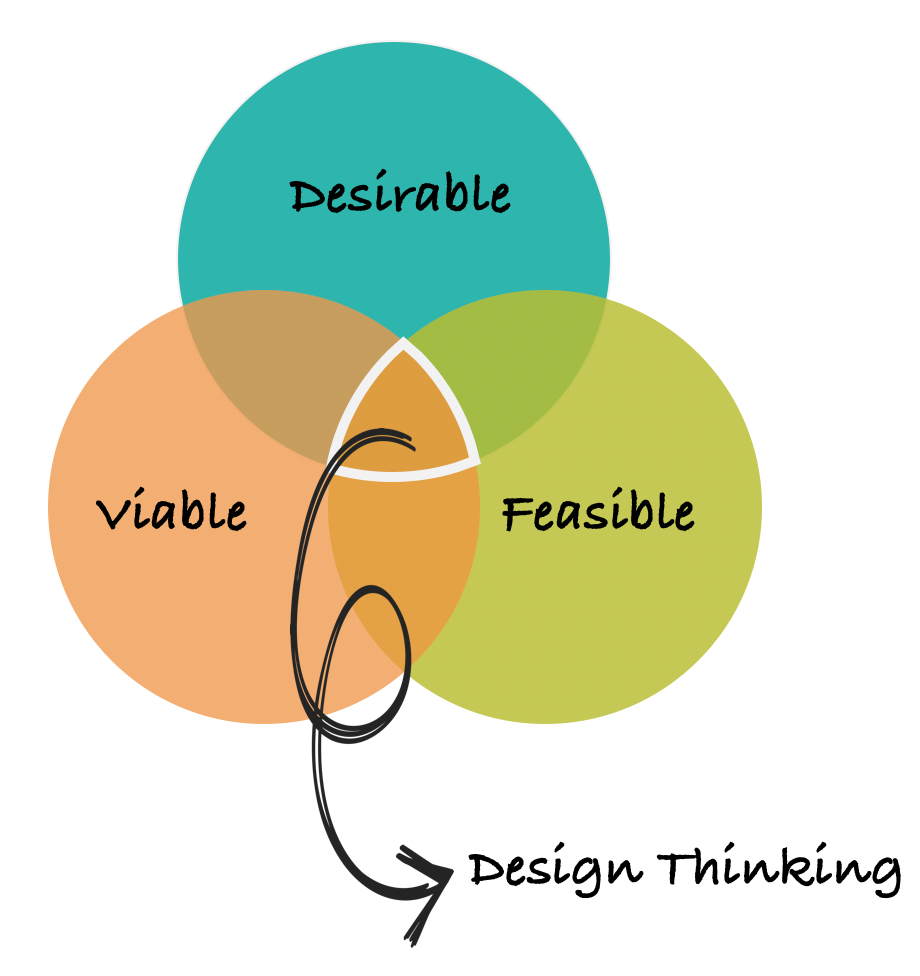
Design thinking
The coronavirus pandemic is a prime example of how complex problems can disturb everyone’s lives and businesses. We live in a volatile, unpredictable and complex world and although the problems we face with are not always as big as the pandemic, we still need to address a vast range of challenges not only to survive but to thrive and grow.
Design thinking allows businesses and individuals alike to effectively address their challenges by enabling them to unlock their creativity. And creativity is our competitive advantage, isn’t it?
Design thinking is a human-centered approach to innovation that draws from the designer’s toolkit to integrate the needs of people, the possibilities of technology, and the requirements for business success”.
TIM BROWN, EXECUTIVE CHAIR OF IDEO

You may have heard examples of companies worldwide that suddenly shifted their strategy and/or production to fight the current pandemic and keep their business running. With every bar in the UK shut following the lockdown policies, many gin distilleries across the country switched their products to save the future of their business and help fight the spread of coronavirus. Many found themselves in the same situation as Carmen O’Neal, the managing director of a boutique London-based distillery, “We suddenly had a business with no customers or income – and if we didn’t do something, and do it very, very quickly, we’d also have no business. How do we keep our business running? How do we save the team’s jobs?”
So what did they do? They focused on the market and what people needed most. They unleashed their creative thinking. The result? Sanitiser! A product that is badly needed and is feasible for distilleries to produce as they have all the required ingredients to make some.
Design thinking is a mindset that drives innovation and enables organisations, leaders, teams and individuals in different industries to do the right thing through empathy and collaboration.
One of the popular models for design thinking is the double diamond model which was popularised by the British Design Council in 2005. This framework outlines four core principles to enable effective problem solving:
- Discover: Empathy is key. Put people first – start with an understanding of the people using a service, their needs, strengths and aspirations.
- Define: Communicate visually and inclusively to define the problem or the opportunity so that everyone has a shared understanding of the situation.
- Develop through collaboration and co-creation. It’s all about working together and being open to other people’s insights and ideas and getting inspired by what others are doing. We cannot apply design thinking in isolation.
- Prototype: Iterate, iterate, iterate. We need to be able to embrace mistakes, fail fast and learn quickly. This will help to avoid bigger, more expensive risks down the road. As Tim Brown, CEO of IDEO says“don’t think of it as failure think of it as designing experiments through which you’re going to learn”. An iterative approach to solving problems is very helpful because the feedback we receive from the people we’re designing for is a critical part of how a solution evolves. By continually iterating, refining, and improving our work, we put ourselves in a place where we’ll have more ideas, try a variety of approaches, unlock our creativity, and arrive more quickly at successful solutions.
As Learning and Development professionals, we can apply design thinking to readjust the learning strategy by focusing more on people’s experience and performance and help solve real problems and challenges.

